What Is A Press Brake?
Press brake is a machine used for metal bending and forming.
It drives punches and dies through different driven sources to bend sheet metal repeatedly and form profiles.
Materials of different thicknesses and lengths require different bending forces.
Bending force, measured in tonnage, is the force exerted by the press brake. Different types of press brakes produce tonnage in different ways.
The hydraulic press brake is suitable for bending with large tonnage, while driven sources are generally divided into mechanical, hydraulic, electric, and pneumatic types.
The name of the press brake is determined by the driving method.
For example, the pneumatic bending machine drives the ram through air pressure, while the servo-electric press brake drives the ram using a servo motor.
The servo-electric press brake offers very high precision and speed.
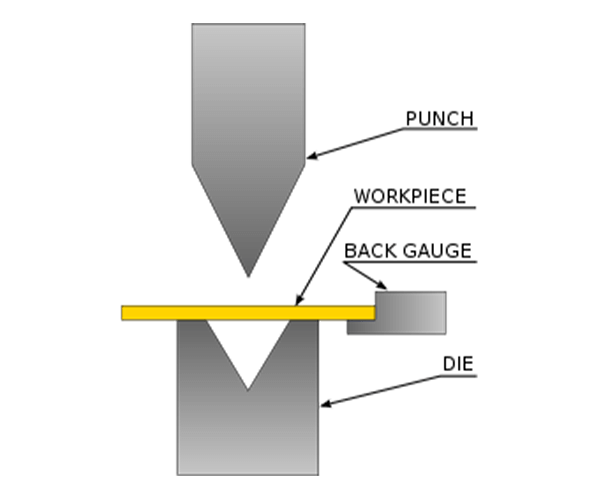
How does A Press Brake Work?
Modern press brakes can be mainly divided into mechanical and hydraulic press brakes.
At present, the press brake has developed into the advanced CNC hydraulic press brake, which can handle all kinds of complex and mass workpiece-forming tasks.
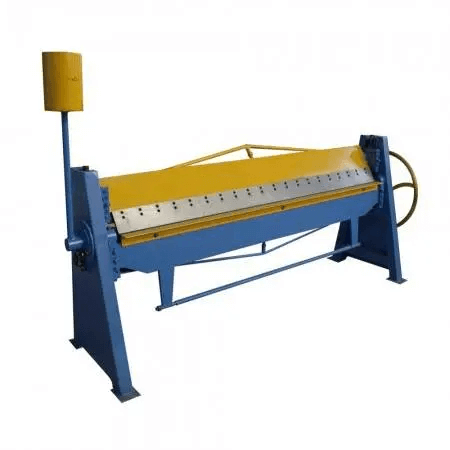
The mechanical press brake drives the flywheel through the motor.
The operator operates the clutch to control the flywheel, and the crank drives the movement of other parts.
The operation of the mechanical press brake is relatively simple, and it can handle large tonnage bending.
The hydraulic press brake is driven by the synchronous movement of the hydraulic cylinder.
There is a hydraulic cylinder on each side of the uprights, and the hydraulic cylinder is connected to the ram through the piston rod.
The movement of the hydraulic cylinder drives the ram up and down.
The movement modes of the hydraulic press brake are divided into up-moving and down-moving.
The back gauges accurately position the workpiece through the movement of different axes. The hydraulic press brake has the advantages of high speed and high precision.
However, the tonnage of bending is limited, which is a disadvantage.
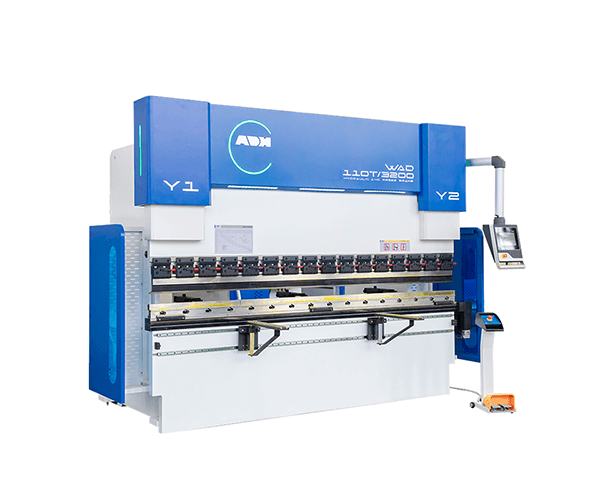
The CNC press brake is a hydraulic press brake equipped with a CNC control system that controls the movement of each part with modular programming functions and high precision.
The operator can set parameters through the control system. For example, bending angle, plate thickness, flange length, cycle time, stress, etc.
Additionally, the CNC press brake is also equipped with an automatic feeding system that accurately controls the position of the workpiece through the movement of the ram and back gauge.
Synchronous movement of the motor drive axes of the back gauge and the ball screws. The back gauge can accurately measure the length of the flange being formed.
Adjust the bending angle by adjusting the ram movement through the control system. There are basically three bending methods: air bending, bottom bending, and embossing bending.
The choice of bending method has a great relationship with the thickness of the plate.
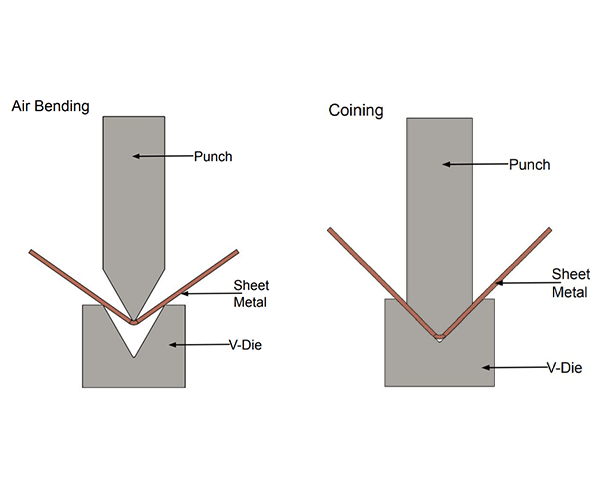
Air bending is the most commonly used bending method, where the workpiece is not in full contact with the bottom die. It can be carried out with relatively small tonnage.
Bottom bending and coining methods can also be used as needed.
During bending, the hydraulic cylinders drive the movement of the ram, which in turn drives the upper die to apply pressure on the lower die on the workbench.
The sheet metal in the middle is formed into a specific angle through the extrusion of the die, and after repeated bending, the final profile is obtained.
The angle and shape of the metal plate are determined by the shape of the punches and dies, as well as the movement of the ram.
The CNC press brake offers flexible numerical control and programming functions, making it operator-friendly.
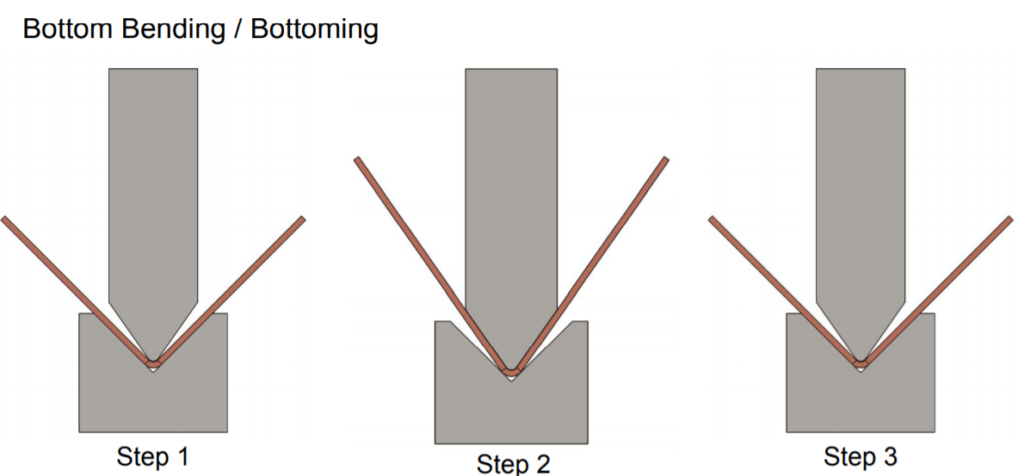
How to set up a press brake?
First of all, it is critical to understand the drawing of the bending workpiece.
Determine the material, length, and thickness of the workpiece, as well as the bending angle, bending radius, flange dimension, and tolerance of the workpiece.
Secondly, choose the appropriate bending method and die.
Select the appropriate bending method based on the relationship between the bending radius and metal thickness, such as air bending, bottom bending, or coining.
Choose punches and dies that match the material of the bending workpiece.
Thirdly, determine the tonnage according to the tonnage table.
Consult the corresponding tonnage estimation provided by the manufacturer.
If it is air bending, you can refer to the tonnage chart to determine the tonnage.
The tonnage of bottom bending is four to six times that of air bending, and the tonnage of coining is eight to ten times that of air bending tonnage.
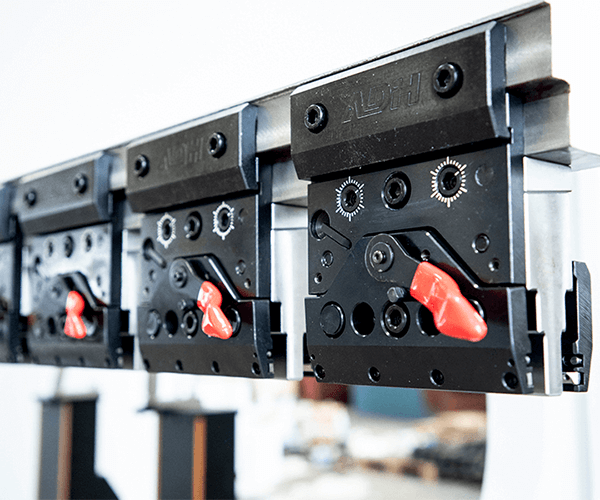
Install and adjust the toolings, including checking the thickness and proportion of the upper and lower dies, adjusting the stroke of the ram, adjusting the upper limit point of the toolings to reserve the stay position of the ram, and setting an appropriate gap between the upper and lower dies.
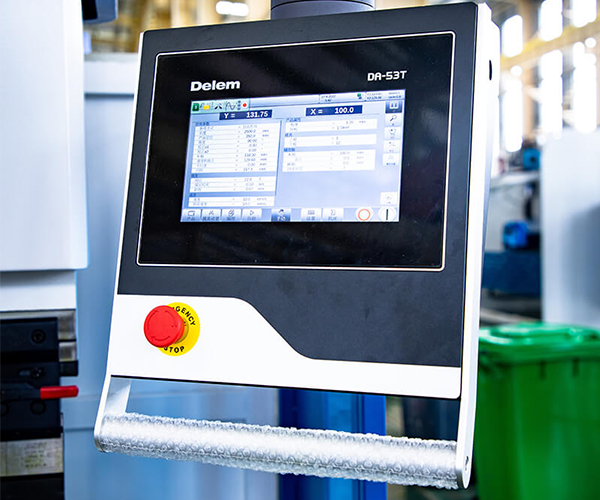
Perform the program procedure of the press brake, familiarizing yourself with the functions of the CNC controller, programming offline, and using scrap plates for a bending test.
If there is a problem with the bent workpiece, check and correct the program, and operate the press brake accordingly. These steps can save costs and improve efficiency.
Conclusion
There are many kinds of press brakes, such as mechanical press brakes, CNC press brakes, hydraulic press brakes, etc.
No matter how advanced the technology of the press brake is, its basic working principle is similar.
The modern CNC press brake is more advanced than the previous press brake technology, and the bending accuracy and efficiency have been greatly improved.
ADH produces various CNC press brakes, NC press brakes and large press brakes. You can consult our product experts to learn more about our press brake or other machines.





